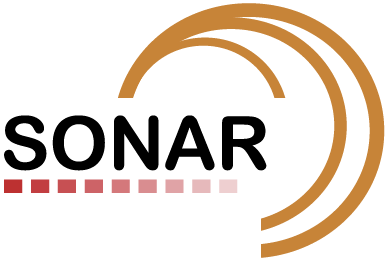They must be based on current, and not historical or hypothetical, data. Organizations need real-time cutting-edge insight, especially in the case of large and complex workforces. That is where workforce management (WFM) software with real-time analytics fits in. It is no add-on. It is a capacity changer that allows companies to drive productivity to the max, keep costs down and respond dynamically to staffing requirements.
When integrated with next generation workforce management software, real time analytics provides instant access to workforce attendance and productivity metrics, task status and resource allocation. It allows organizations to make a transition from reactive to proactive decision making, which is extremely crucial for high stress sectors such as healthcare, manufacturing, logistics, retail and customer service.
Why Real Time Analytics is Crucial for Workforce Management
The traditional method of managing employees using spreadsheets and delayed reporting is no longer adequate for companies that want to remain competitive. The systems are static and offer data that is already outdated upon analysis. Real time analytics offers insights into operations in real time. That means companies can track performance when it occurs in real time and reacts on time if needed.
For example, a call center manager using real-time WFM dashboards can immediately see when call queues are increasing, identify which agents are at capacity, and call-in backup before service levels fail.
Faster Decision Making with Real-Time Visibility
Arguably the most powerful advantage of real-time analytics is productivity. From real-time attendance updates, task statuses, and project schedules, managers can identify bottlenecks without waiting for weekly reports. They can compare shift performance, identify idle resources, and optimize task distribution.
This real-time visibility allows businesses to eliminate down time, increase production and make every paid minute count toward business goals. In addition, once employees realize that their performance is being monitored in real time, it will improve accountability and focus.
Improving Forecasting Accuracy
Workforce planning is at the core of organizational strategy. Seasonal retail demand or flu season nursing staff planning are typical examples, but in practice, forecasting well can make an organisation succeed or collapse. Real-time analytics improves forecasting by feeding real-time information into forecast models. The models dynamically self-upgrade to represent today’s patterns, which in turn make forecasts sharper in the future.
For instance, when a hotel experiences an unplanned increase in weekend resort online reservations, a system can propose reinforcement shifts automatically. Traditional planning cannot do this timely and will lead to fatigued employees and agitated customers. With insights provided by data, businesses can satisfy demand prior to it becoming a problem.
Improved Compliance and Risk Management
In industries that are regulated and where compliance is essential, real-time workforce management solutions analytics safeguards companies from having to pay fines and losing reputation. Live alerts can be established to notify managers of a compliance violation, e.g., an employee working overtime without permission or employees not taking scheduled breaks.
By responding to such problems in real-time and not post facto, organisations prevent risk and facilitate policies being implemented in the same way. This capability is especially relevant in industries such as finance, healthcare and transport where regulation and security are paramount.
Cost Optimization and Resource Allocation
Where all the operational decisions are taken based on minute-to-minute data, cost control is much more effective. Real-time analysis avoids overstaffing during lean periods and understaffing during peak periods. This avoids wasteful payroll costs and lost revenues due to poor service.
With our intelligent workforce management software and smart transport at Sonar Technologies, organizations gain better control over their labour expenses. Tapping into learning trends across departments, geographies, and time zones, organizations learn how to build slimmer, more efficient workforce structures without compromising quality or compliance.
Enabling Decision-Makers At All Hierarchies
The second advantage of real-time analytics is that it empowers decision-makers at all levels. From HR planners planning strategic hiring to floor managers planning shift rotation, all of them are positively affected by getting the same updated information. It avoids communication lapses, avoids guesswork, and promotes more collaboration.
Our Sonar Technologies technology seeks to put actionable information in the face of individuals and in a readable format.
Final Thoughts
Real-time analytics can no longer be a luxury in workforce management solutions. It’s a necessity. With its impact ranging from productivity gains to compliance motivation, cost savings, and employee engagement, its scope is vast. Organizations that integrate real-time insight into workforce strategy will not only be faster to react but also smarter, more sophisticated and more capable of confronting whatever the future brings.
Implementing the appropriate WFM solution with sound real-time analytics, such as our own at Sonar Technologies, is the first move toward creating a data-driven culture of workforce that works on speed and precision.

